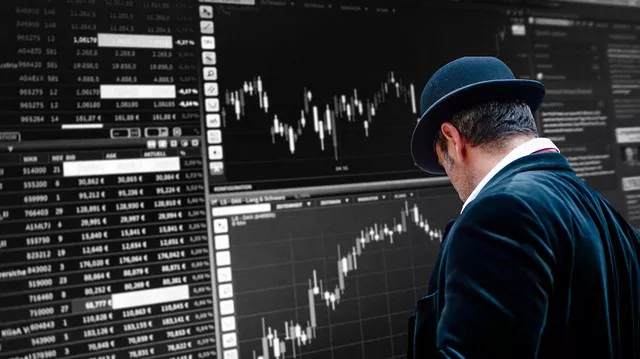The Dow Jones Industrial Average (DJIA), commonly referred to as the Dow, is one of the most widely recognized stock market indices. It represents a collection of 30 large publicly traded companies in the United States. The Dow Futures, on the other hand, are futures contracts that allow investors to speculate on the future price movements of the Dow Jones Industrial Average. In this article, we will delve into the current state of Dow Futures and provide insights into their significance.
What are Dow Futures?
Dow Futures are financial derivatives based on the DJIA. They enable traders and investors to speculate on the future direction of the Dow index. These futures contracts provide an opportunity to profit from both rising and falling markets, as they can be bought (long position) or sold (short position).
Price Movements of Dow Futures
The prices of Dow Futures fluctuate throughout the trading day. Market participants analyze various factors such as economic indicators, geopolitical events, corporate earnings reports, and global market conditions to anticipate the future movement of the Dow Jones Industrial Average. As a result, Dow Futures serve as an indicator of market sentiment and can provide valuable insights into investor expectations.
Liquidity and Trading Hours
Dow Futures are traded on the Chicago Board of Trade (CBOT), which is part of the CME Group. The market for Dow Futures is highly liquid, with substantial trading volumes. This liquidity ensures that traders can enter and exit positions easily without significant price disruptions.
Trading of Dow Futures occurs nearly 24 hours a day, five days a week. The trading day begins at 5:00 PM Eastern Time (ET) on Sunday and ends at 4:15 PM ET on Friday. However, there is a daily trading halt between 4:15 PM ET and 4:30 PM ET, during which the market is closed for maintenance.
Real-Time Tracking of Dow Futures
To assess the current state of Dow Futures, traders and investors rely on real-time financial data providers, news outlets, and brokerage platforms. These sources offer up-to-the-minute information on the latest prices, trading volumes, and other relevant market data.
Many online platforms provide charts and graphs that display the historical performance of Dow Futures, including intraday movements and longer-term trends. Traders can analyze these charts to identify patterns and develop strategies based on technical analysis principles.
How to Interpret Dow Futures
Dow Futures are typically quoted in index points, which represent the difference between the current futures price and the base price of the underlying index. For example, if the Dow Futures are trading at 35,000 and the base price is 34,500, the index point value would be 500.
Positive index points indicate an anticipated increase in the Dow Jones Industrial Average, while negative index points suggest a potential decrease. However, it’s important to note that Dow Futures are not always accurate predictors of the actual stock market performance, as they can be influenced by various external factors.
Factors Influencing Dow Futures
Several factors can impact the movement of Dow Futures:
Economic Indicators: Key economic data such as GDP growth, employment figures, inflation rates, and consumer sentiment can influence investor confidence and subsequently affect Dow Futures.
Corporate Earnings Reports: The quarterly earnings reports of the companies included in the DJIA can significantly impact Dow Futures. Positive earnings surprises or disappointments can cause significant price movements.
Geopolitical Events: Developments related to trade disputes, political instability, and international conflicts can create volatility in global markets and, consequently, impact Dow Futures.
Monetary Policy: Actions taken by central banks, such as changes in interest rates or quantitative easing measures, can have a substantial effect on Dow Futures.
Global Market Conditions: Events in other major stock markets around the world, including Europe and Asia, can influence Dow Futures as markets are interconnected.
Conclusion
Dow Futures play a crucial role in providing insights into investor sentiment and expectations regarding the future movement of the Dow Jones Industrial Average. Traders and investors rely on real-time data and analysis to interpret Dow Futures, but it’s essential to remember that they are influenced by multiple factors and might not always accurately predict market performance.
By understanding the dynamics of Dow Futures and the various factors that influence them, market participants can make informed decisions and manage risks effectively. As with any investment, thorough research and consideration of one’s financial goals are necessary before engaging in futures trading.


